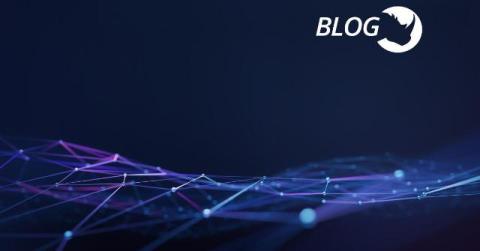Navigating the Evolving Threat Intelligence Landscape and Organizational Responsibility
Cyber Rhino Threat Week (which took place from December 9 – 13, 2024) aims to inform, sharing threat intelligence insights and best practices with our customers, partners and industry ecosystem. This keynote session certainly set the stage for the week, exploring the complexities that organizations must consider when establishing and operating an effective Cyber Threat Intelligence (CTI) program.










